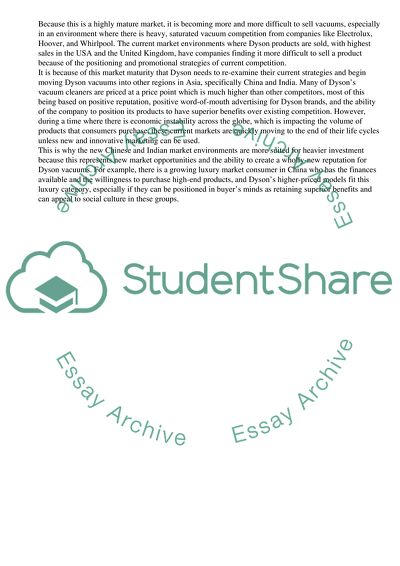Cite this document
(Dyson Vacuums' Brand Internationalization Case Study, n.d.)
Dyson Vacuums' Brand Internationalization Case Study. Retrieved from https://studentshare.org/business/1732076-assessment-case-study-dyson-vacuum-cleaner
Dyson Vacuums' Brand Internationalization Case Study. Retrieved from https://studentshare.org/business/1732076-assessment-case-study-dyson-vacuum-cleaner
(Dyson Vacuums' Brand Internationalization Case Study)
Dyson Vacuums' Brand Internationalization Case Study. https://studentshare.org/business/1732076-assessment-case-study-dyson-vacuum-cleaner.
Dyson Vacuums' Brand Internationalization Case Study. https://studentshare.org/business/1732076-assessment-case-study-dyson-vacuum-cleaner.
“Dyson Vacuums' Brand Internationalization Case Study”, n.d. https://studentshare.org/business/1732076-assessment-case-study-dyson-vacuum-cleaner.


